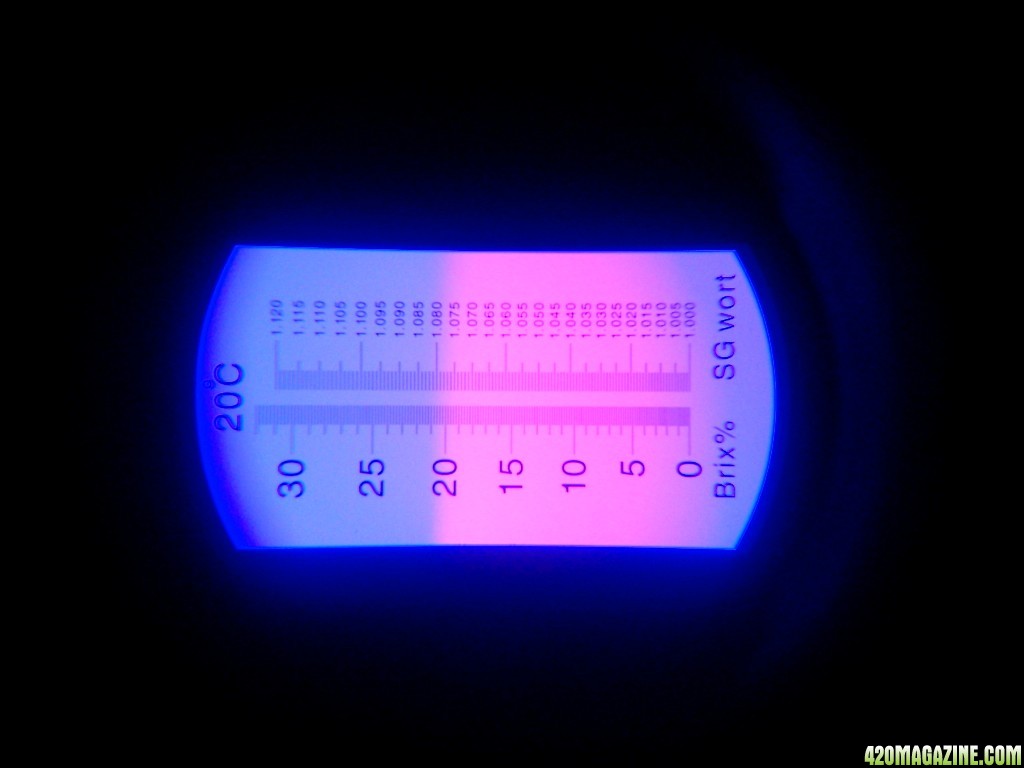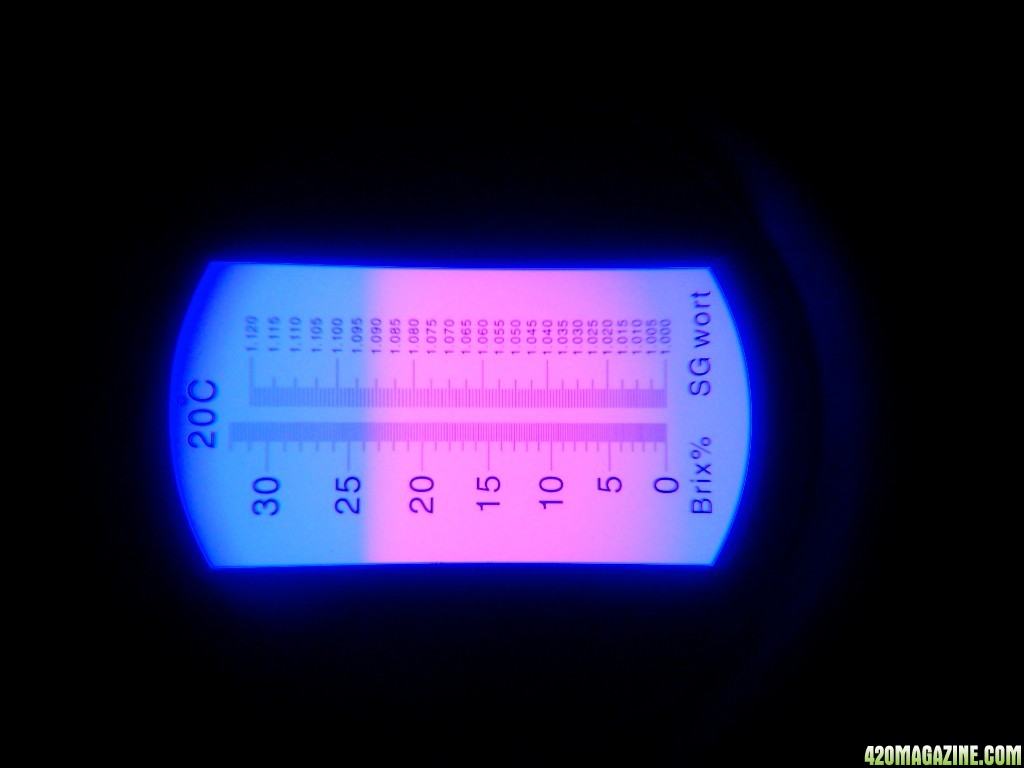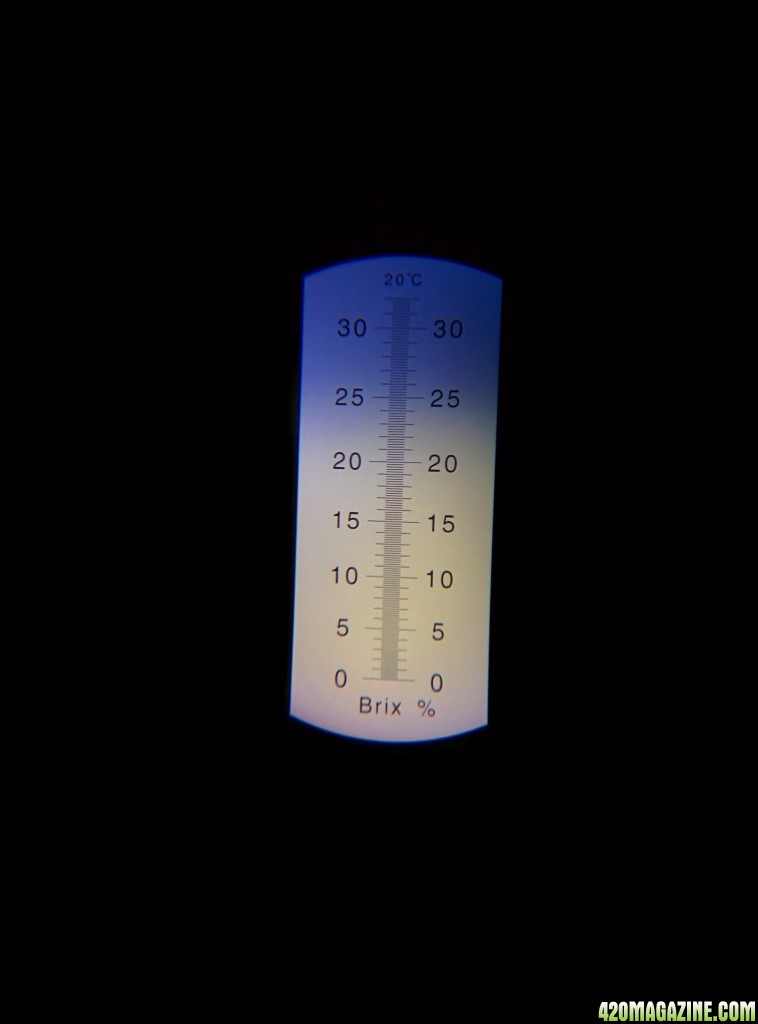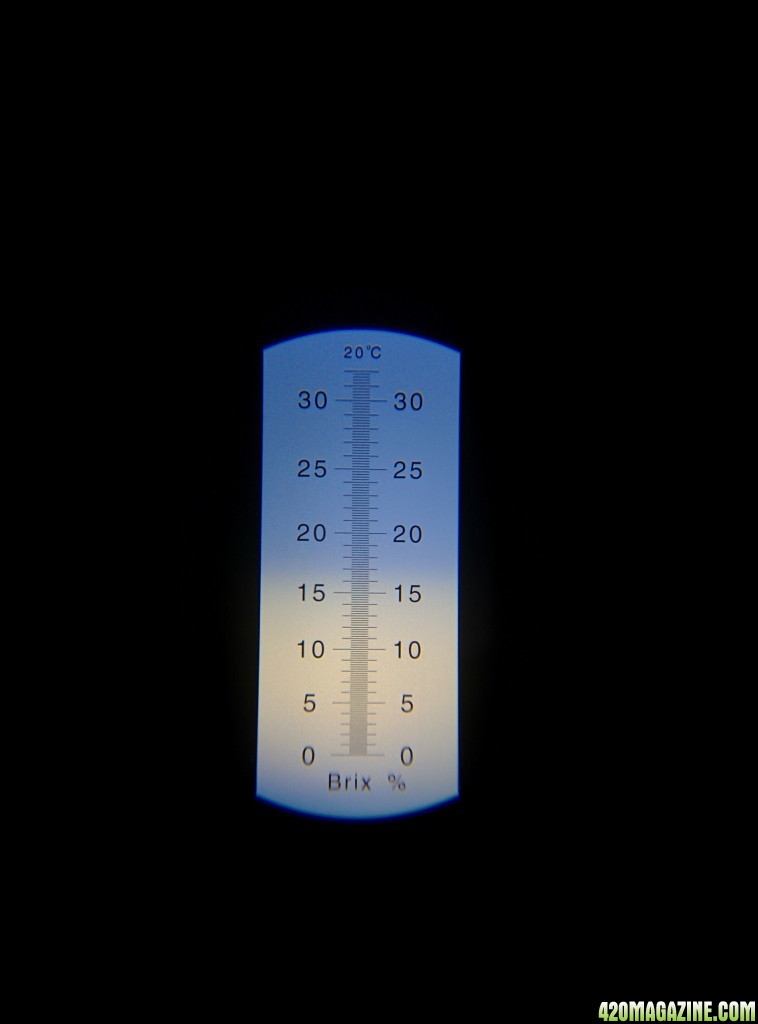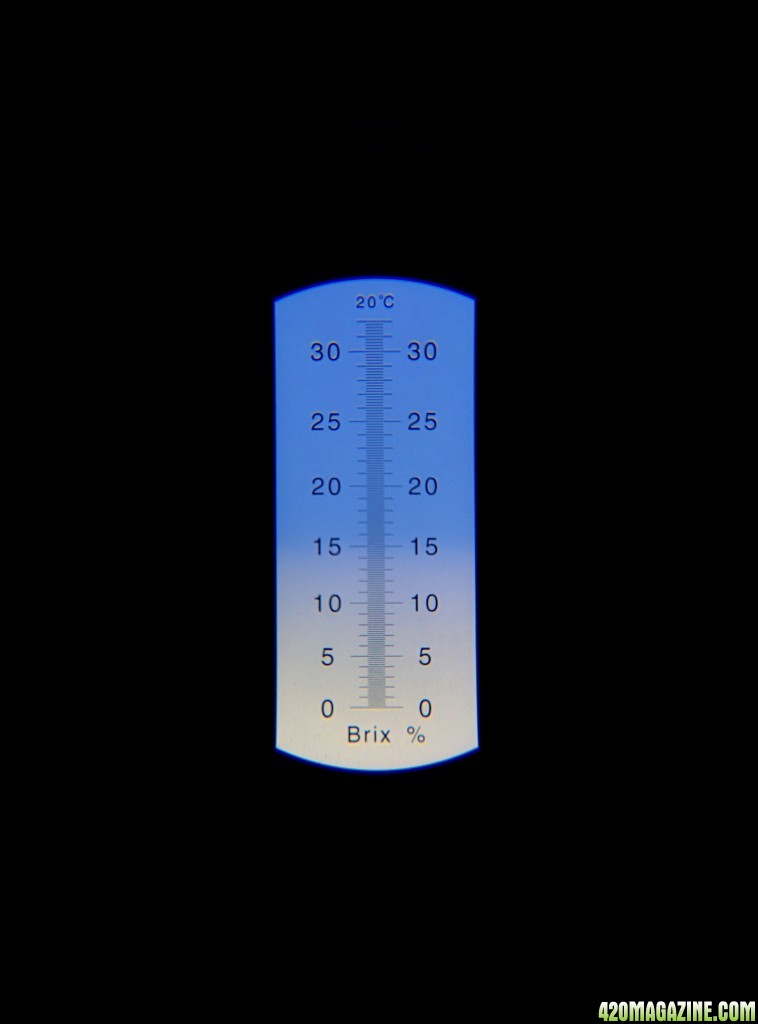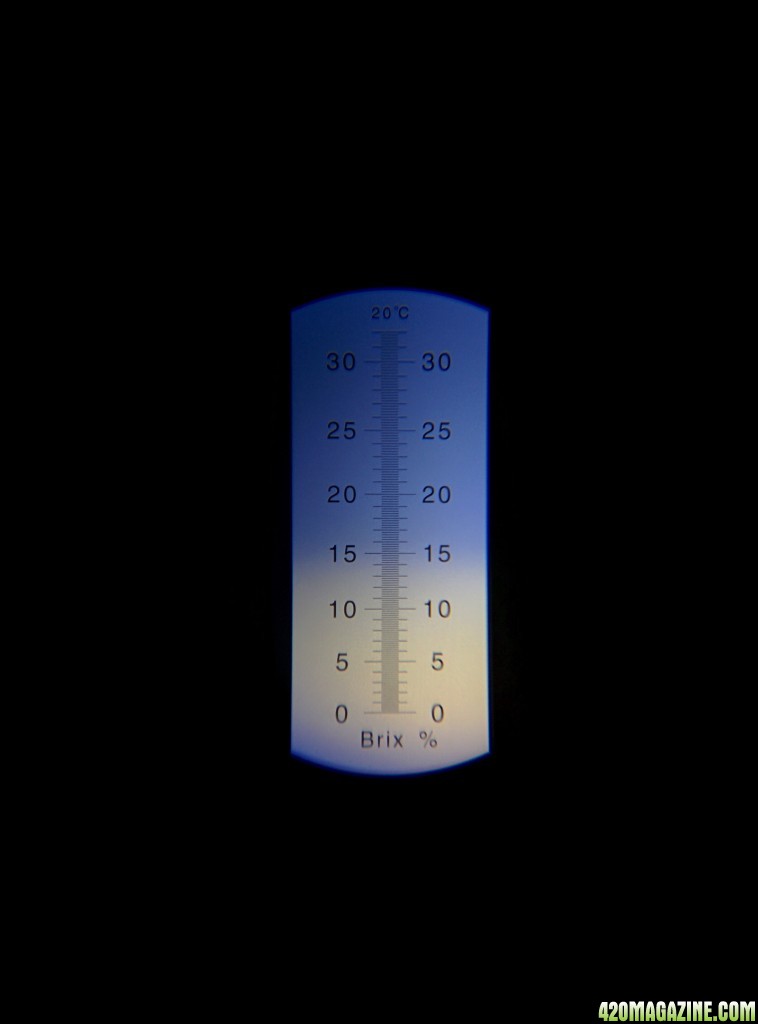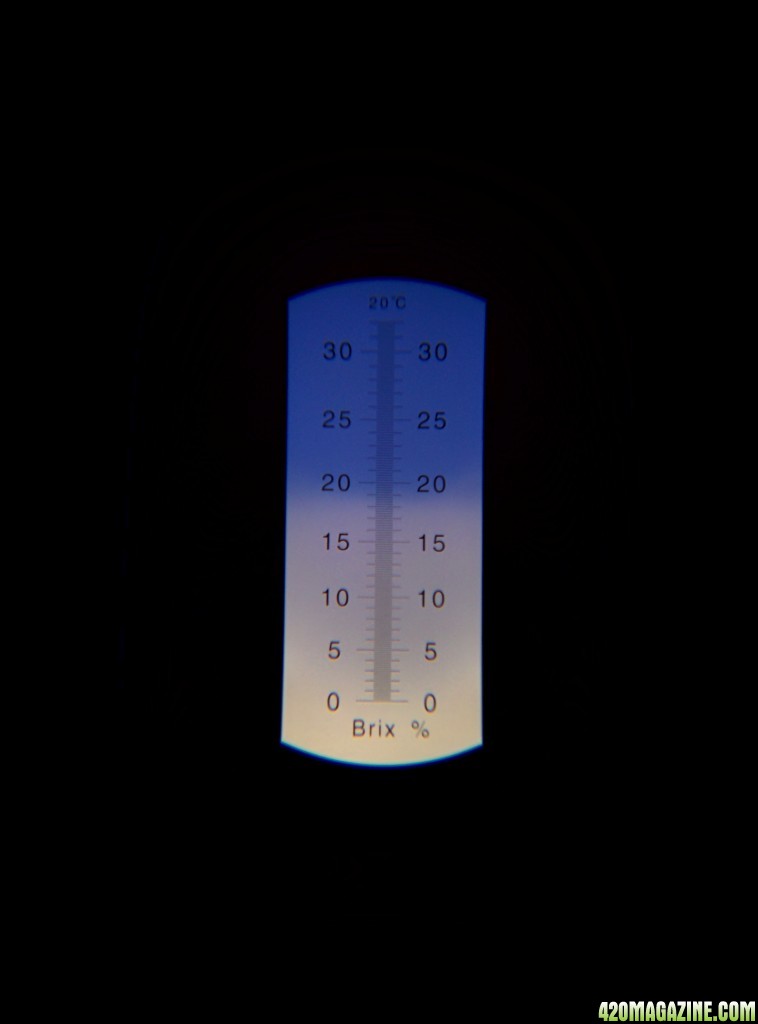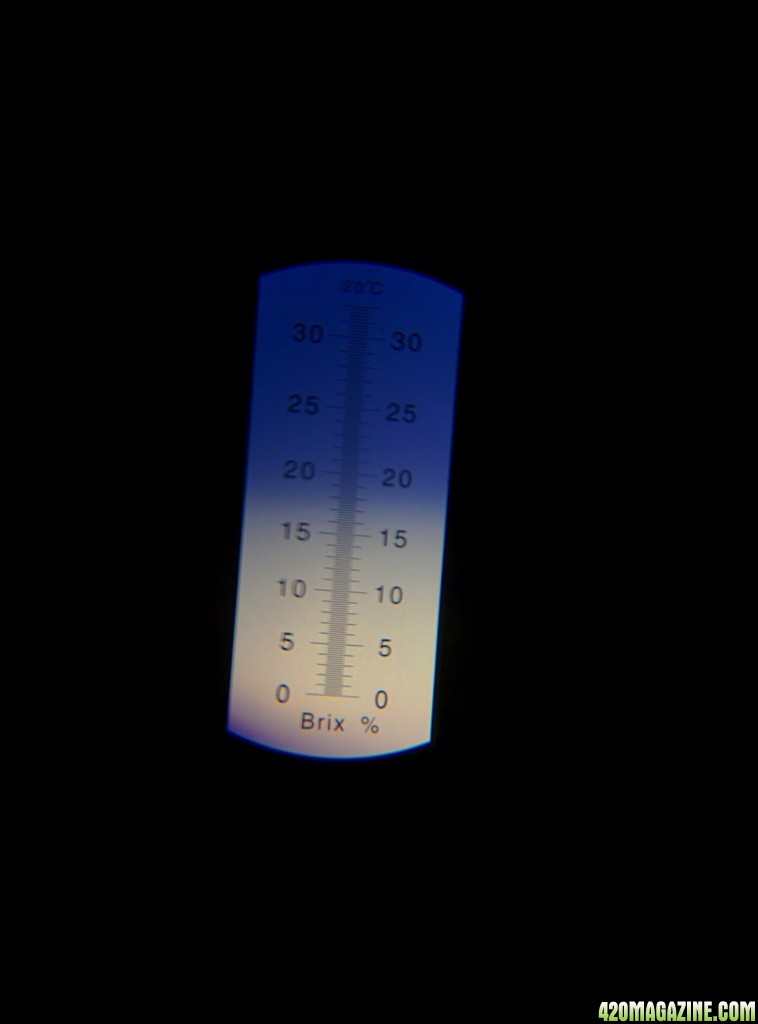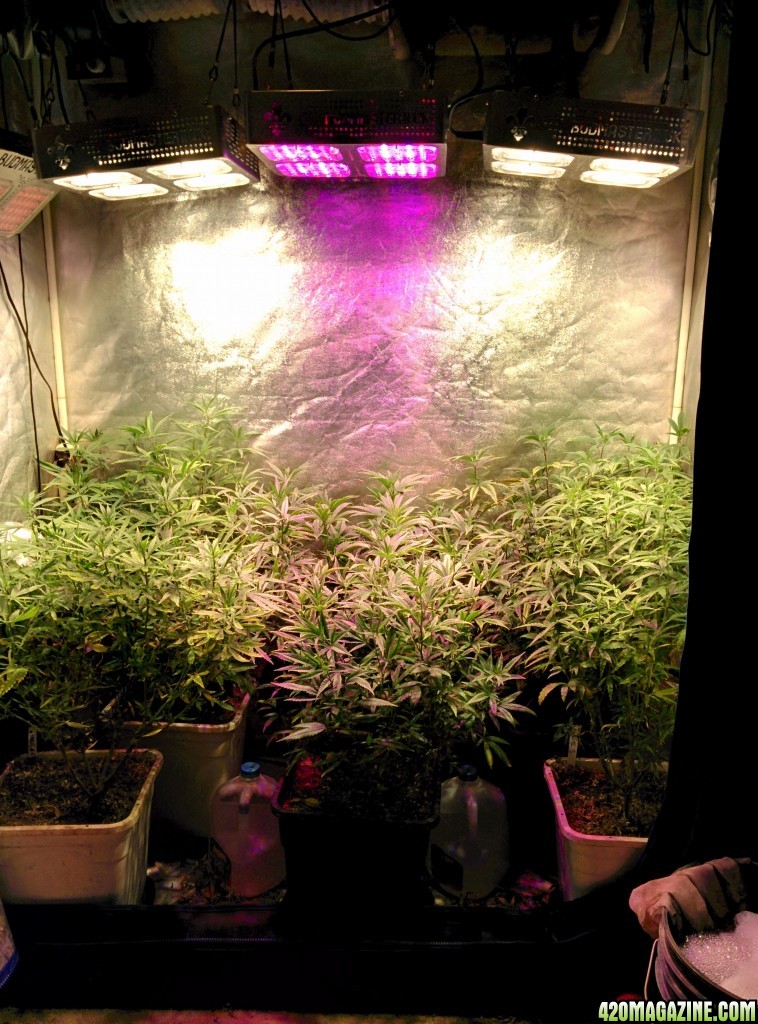Re: High Brix refractometer results log and data thread.. post your Brix levels here.
Excellent, Icemud!
Those look like good sample leaves.
That's gonna be some really fine smoke.
Excellent, Icemud!

Those look like good sample leaves.

That's gonna be some really fine smoke.



 lol
lol 